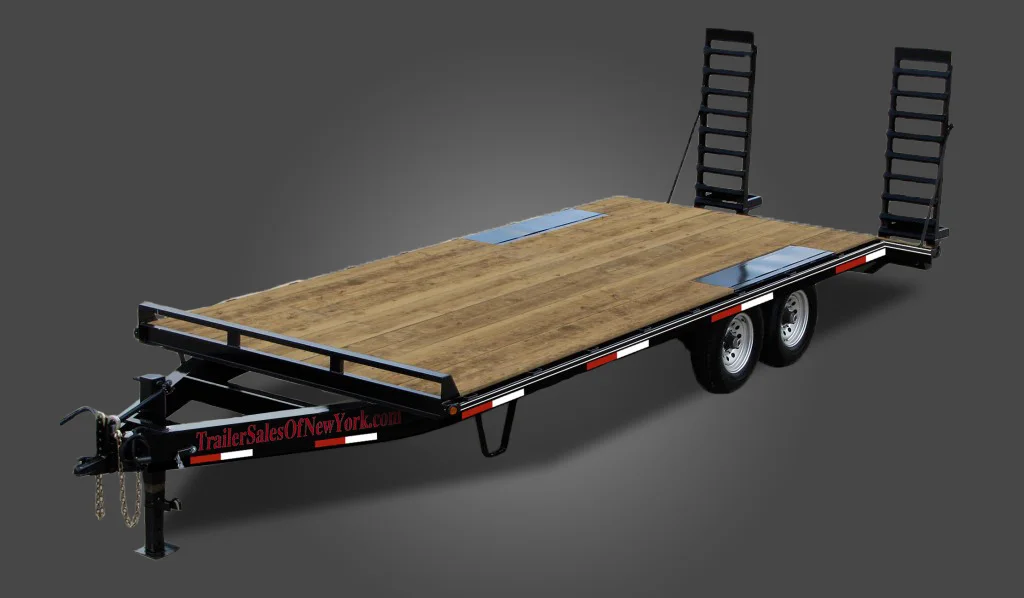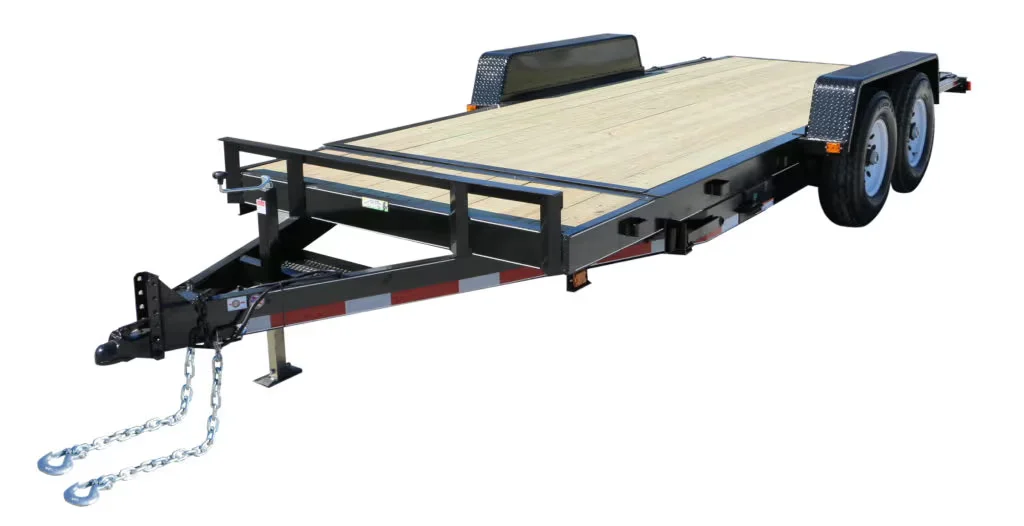When it comes to hauling large, heavy, or oddly shaped cargo, flatbed freight services are the go-to choice for shippers across industries. Whether you’re moving machinery, construction materials, or an oversize load, one factor you cannot overlook is the 20 foot flatbed trailer weight.
Understanding a trailer’s weight and capacity isn’t just a technical detail — it’s the foundation of safe, efficient, and cost-effective shipping. At Freight Guru, we’ve spent years helping clients navigate the ins and outs of flatbed trucking and heavy haul trucking, and today we’re breaking down why this number matters more than you might think.
1. Understanding Flatbed Freight
Flatbed freight refers to shipping cargo on an open trailer without sides or a roof. This design makes it ideal for loads that:
Don’t fit inside enclosed trailers
Require side or crane loading
Are irregular in shape or extra-long
Some examples of goods moved on flatbeds include construction steel, lumber, large equipment, and even shipping containers.
At Freight Guru, our flatbed freight services are tailored to meet these needs with the right equipment, routing, and safety protocols for each shipment.
2. The Role of a 20 Foot Flatbed Trailer
A 20 foot flatbed trailer is one of the most versatile trailer sizes in trucking. Its shorter length makes it easier to maneuver in tight spaces compared to longer trailers, while still offering enough deck space for a variety of loads.
But here’s where it gets critical — understanding the 20 foot flatbed trailer weight capacity. The weight capacity determines:
How much you can legally load without exceeding regulations
The type of cargo you can transport safely
How your load is distributed for balance and safety
If you overload a trailer, you risk safety hazards, legal penalties, and costly delays — not to mention potential damage to your cargo.

3. Why 20 Foot Flatbed Trailer Weight Matters
a) Safety Compliance
The Department of Transportation (DOT) has strict rules on axle weights and gross vehicle weight. Overloading a trailer can result in hefty fines and even cargo impoundment.
b) Equipment Longevity
Constantly pushing a trailer beyond its rated capacity wears out suspension, brakes, and tires faster — leading to higher maintenance costs and downtime.
c) Efficient Truck Load Planning
Knowing your 20 foot flatbed trailer weight capacity allows for accurate truck load planning — ensuring you maximize payload without crossing legal limits.
4. Factors That Affect Trailer Capacity
Even if a 20 foot flatbed is rated for a certain weight, real-world capacity depends on:
Trailer construction: Steel vs. aluminum frame
Axle configuration: Single, tandem, or triple axles
Deck material: Wood vs. composite vs. steel
Load distribution: Even placement prevents axle overload
Permits for oversize load: If your cargo exceeds weight or size limits, you’ll need permits and possibly pilot cars
For example, in our oversize load transport projects, we often handle cargo that requires weight permits and custom routing due to bridge and road restrictions.
5. Matching Cargo to the Right Trailer
Choosing the right trailer for your shipment is part science, part experience. You’ll need to consider:
Cargo weight and dimensions
Loading/unloading requirements
Route restrictions
Weather and road conditions
If your shipment is too heavy for a 20 foot flatbed, our heavy hauling team can recommend alternative equipment like extendable flatbeds or multi-axle RGNs to safely accommodate your load.
6. Cost Implications of Trailer Weight
Weight affects cost in several ways:
Fuel efficiency: Heavier loads consume more fuel.
Permit fees: Oversize and overweight loads require special permits.
Time: Routes for heavy loads can be longer due to road restrictions.
When we quote shipments through our freight shipping services, we factor in trailer weight, distance, and route planning to give you transparent, accurate pricing.
7. Real-World Example: Saving Thousands with Proper Weight Planning
A construction client once approached us after being fined for exceeding axle weight limits on a short-haul trip. Their previous carrier simply “eyeballed” the load without considering the 20 foot flatbed trailer weight capacity.
We re-routed the cargo using a split shipment approach and the correct trailer type. The result?
No fines or delays
Faster delivery
Lower total shipping costs
Proper weight planning isn’t just about compliance — it’s about protecting your bottom line.
8. Freight Guru’s Approach to Flatbed Freight
At Freight Guru, we handle every shipment with precision:
Load analysis – Checking weight, dimensions, and cargo type.
Equipment selection – Choosing the right trailer for safe transport.
Route planning – Avoiding low bridges, weight-restricted roads, and unsafe conditions.
Permit handling – Managing all legal requirements for oversize load and heavy haul trucking.
Delivery execution – Coordinating with loading crews and ensuring secure tie-downs.
We don’t just move freight — we engineer logistics solutions that keep your cargo safe and your project on schedule.
Conclusion
The 20 foot flatbed trailer weight is more than a number — it’s the key to safe, legal, and cost-effective shipping. Whether you’re hauling standard cargo or managing a heavy haul trucking project, knowing your trailer’s limits and planning accordingly can save time, money, and stress.
With the right partner — one who understands flatbed freight, oversize load regulations, and heavy haul logistics — you can ensure your shipments arrive on time and in perfect condition. That’s exactly what we do at Freight Guru. Contact us today to discuss your next flatbed shipment.





